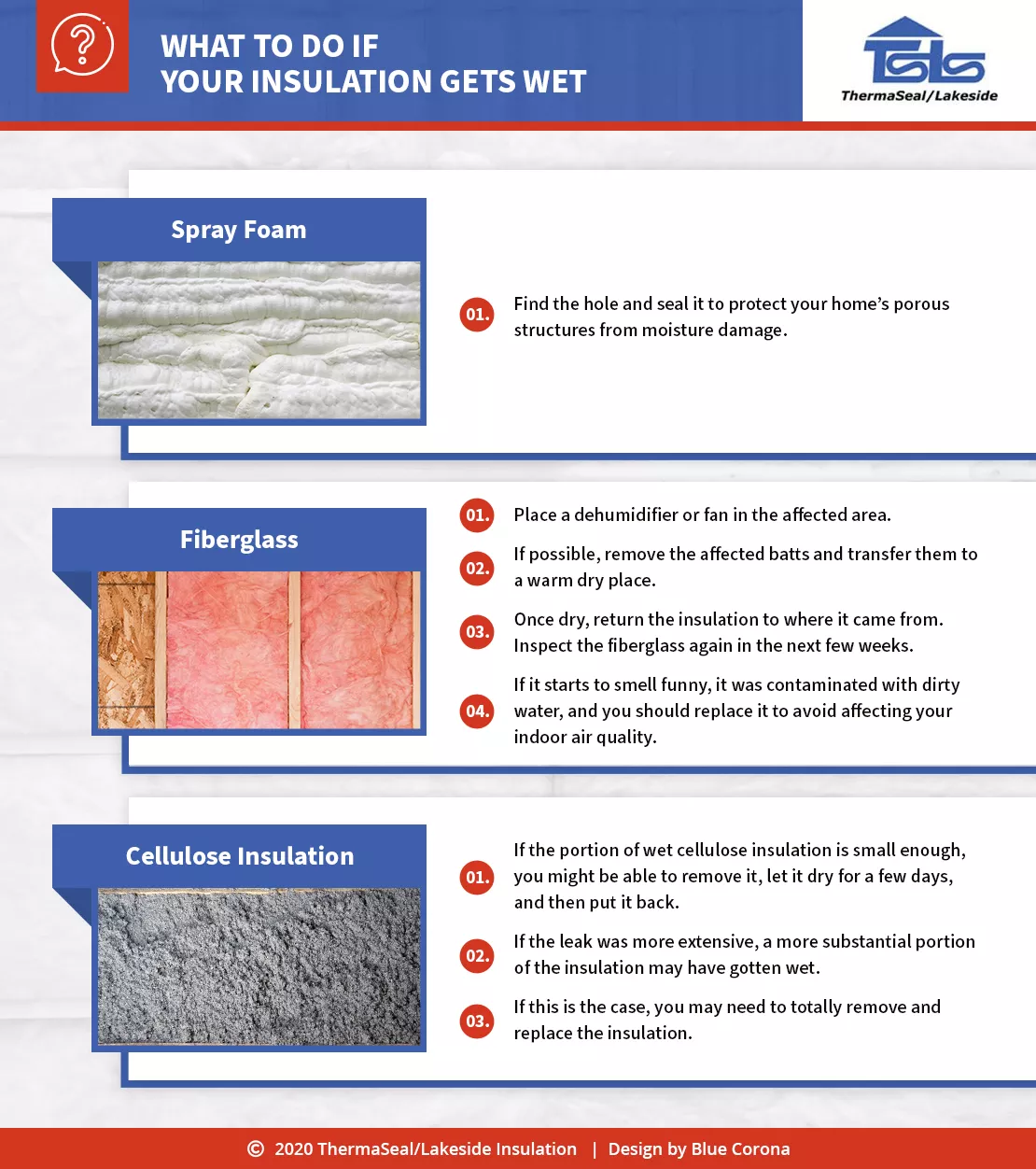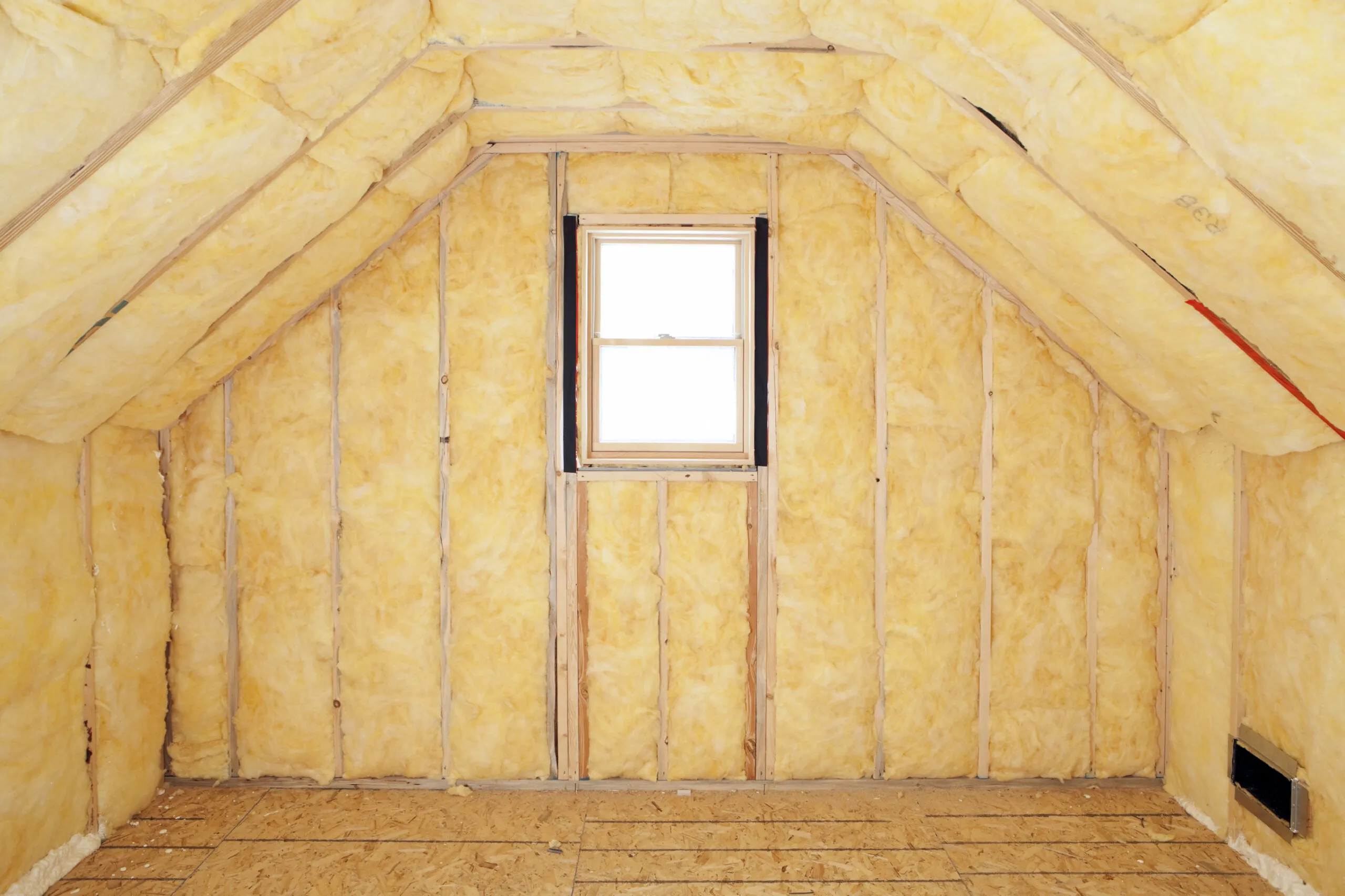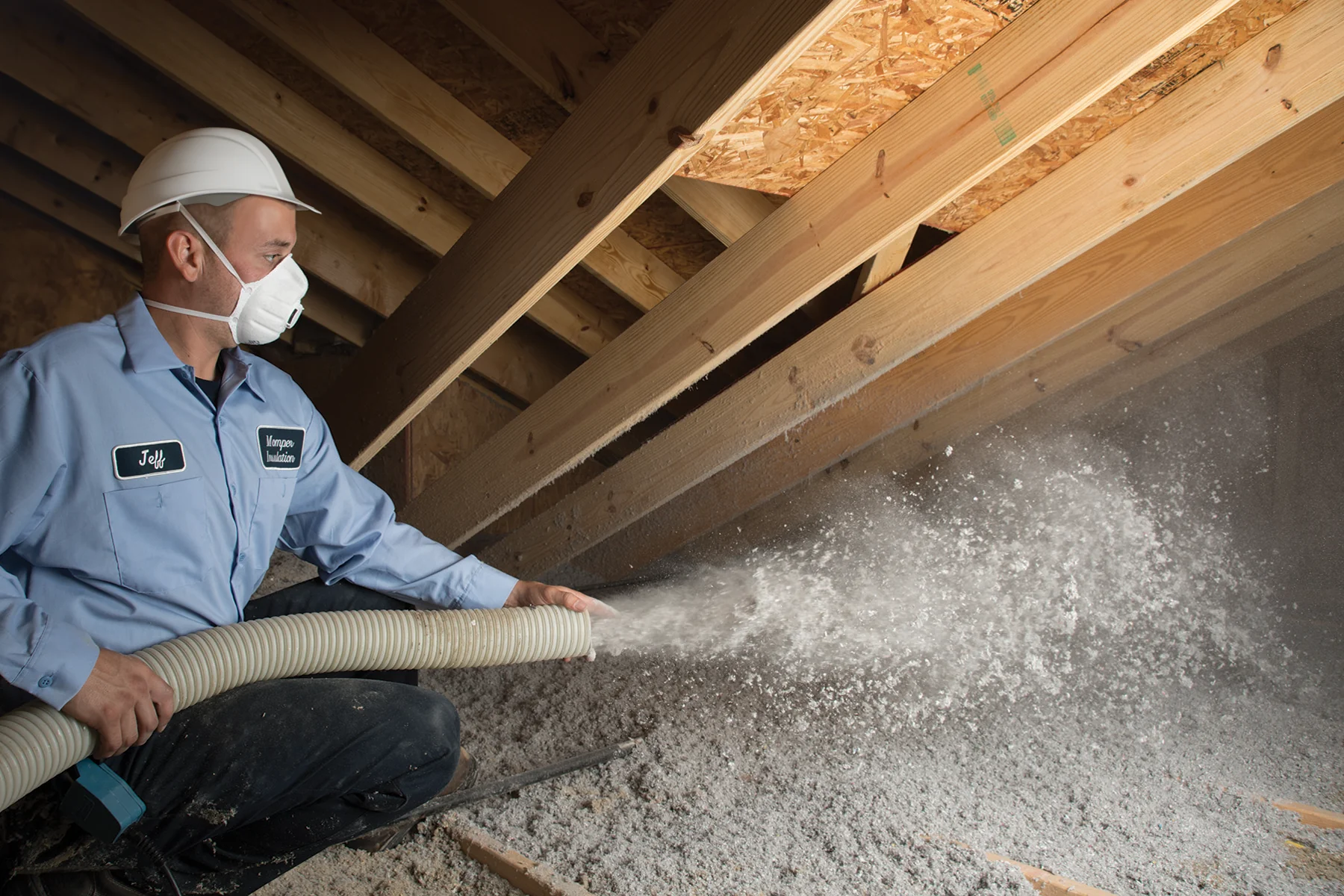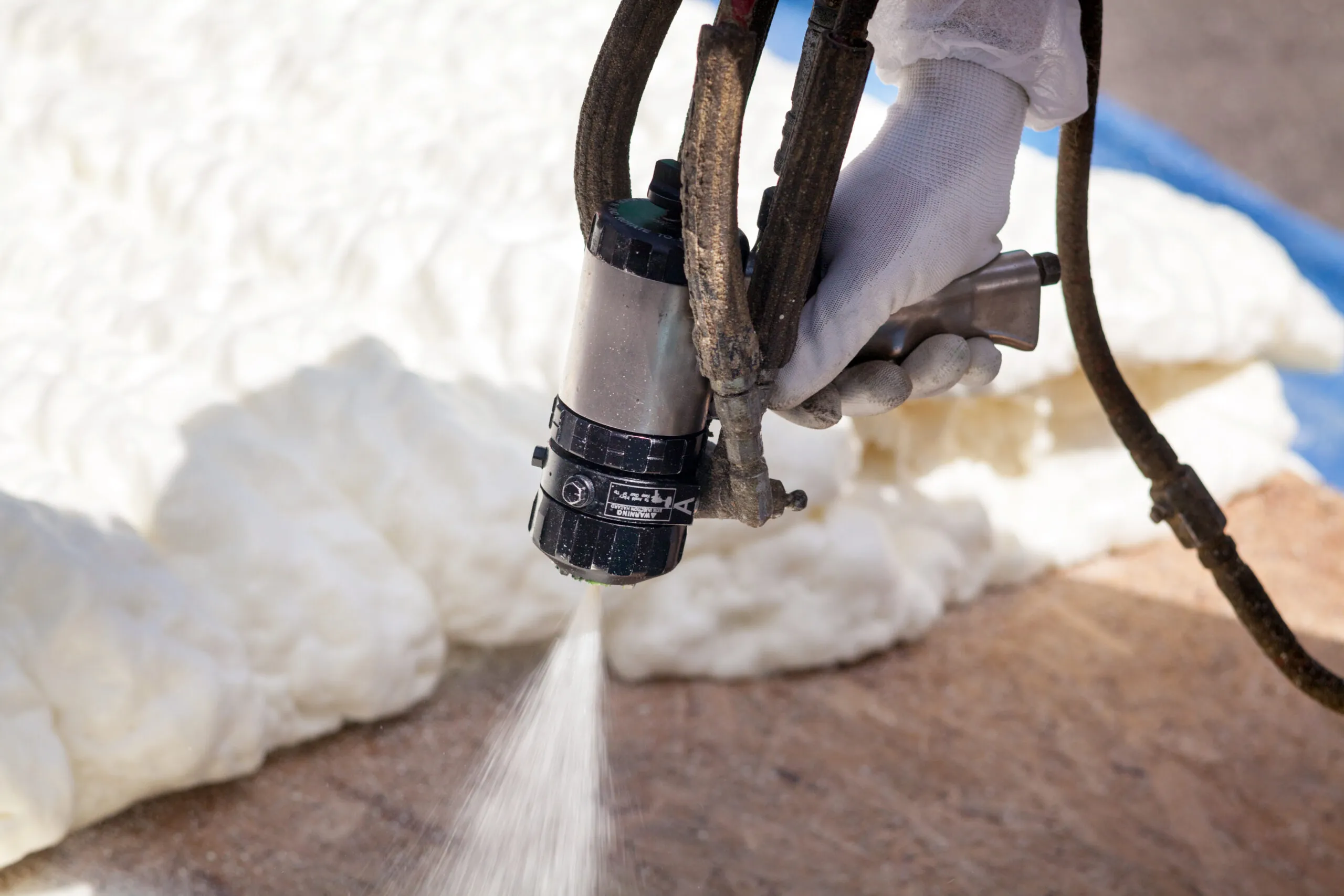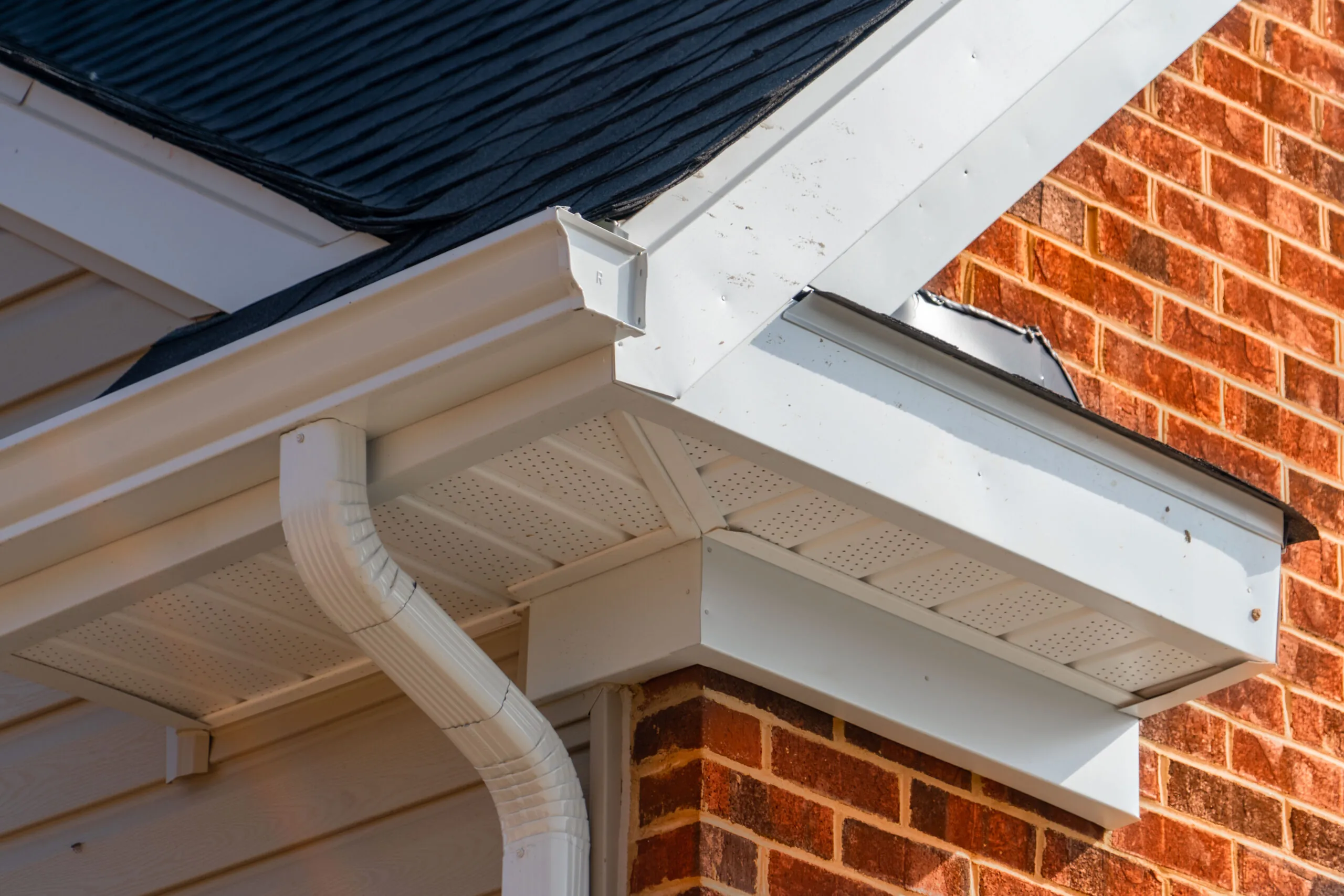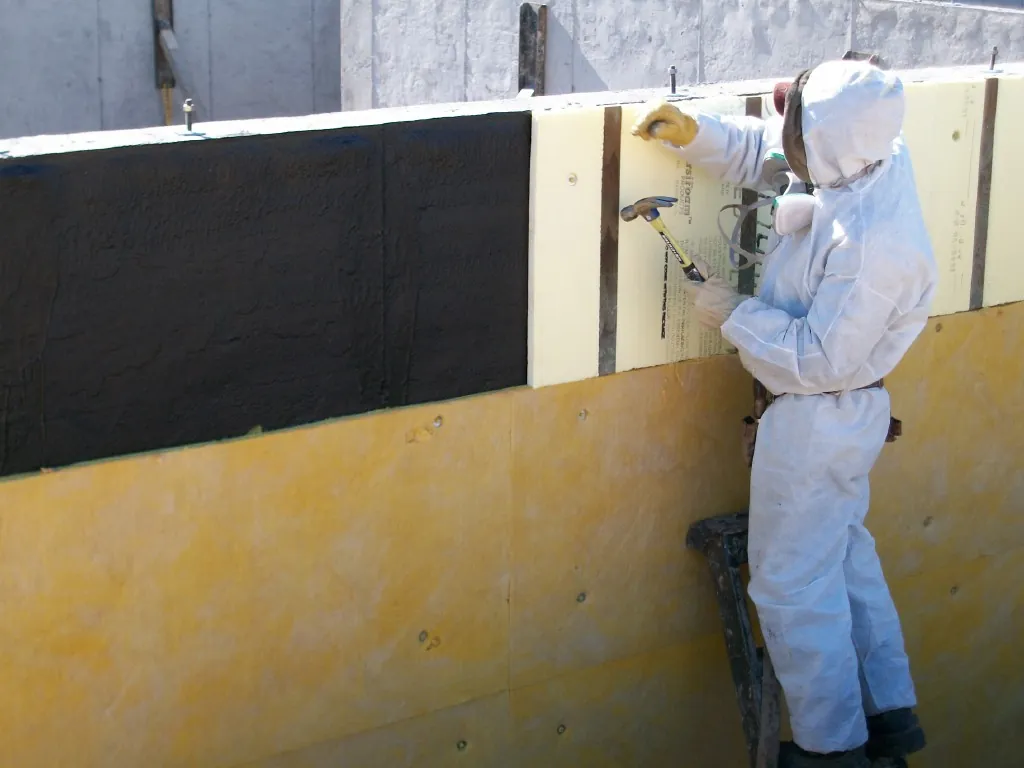Wet insulation is a common problem in Cary, especially during the rainy season. Whether it’s the rain, humidity, or a busted pipe that makes your insulation wet, it’s critical to address the problem right away before major damage occurs.
In this blog, we’ll discuss common causes of wet insulation, problems it can cause and steps to take to resolve the problem.
Common Causes of Wet Insulation
A lot of issues can lead to wet insulation throughout your home. Some of the most common include:
- Roof leaks during a heavy rainstorm
- Plumbing leaks from pipes that have become damaged
- Condensation issues that occur with humidity and temperature changes
- Flooding that could result in water entering your home and soaking your insulation
No matter how your insulation becomes wet, taking action to dry it or remove it should be done as soon as possible.
The Risks of Wet Insulation
It’s crucial to take care of wet insulation right away. If gone unchecked, wet insulation could lead to:
- Mold and mildew development that could spread throughout the home
- Energy-efficiency issues, leading to higher HVAC usage and energy bills
- Structural damage, as the water can break down the wood, metal and drywall
- Health issues that are brought on by inhaling the microbes and bacteria that develop on the damp surfaces
Be sure to take fast action to resolve wet insulation.
Steps to Take When You Find Wet Insulation in Your Home
While it’s important to take action to resolve wet insulation problems, the steps can be fairly simple, and the process can be easy with professional help. Here are the basic steps to fixing the issue:
Step 1: Identify the source of water
Finding the source of the water dampening your insulation is the first step to fixing the problem. Be sure to turn off any busted pipes or cover up any roof leaks so the water stops affecting the area.
Step 2: Remove wet insulation
Carefully, with gloves and a long-sleeve shirt, remove the wet insulation from the walls, ceilings or flooring. In most cases, the material won’t be usable again, even after it dries.
Step 3: Dry the area
It’s important to completely dry the affected area soon after removing the wet insulation. The sooner the area is dried, the less chance there is for mold and mildew development, as well as wood rot and metal rusting. Keep the space well-ventilated to help speed the drying process.
Step 4: Replace the insulation
New insulation will be needed to replace the old materials. Working with a professional insulation installer, you can choose the best insulation for each space and trust the technicians to perform a proper installation.
When to Call a Professional
In some cases, you may want to contact a professional for insulation removal and cleanup. It may be best to let a pro handle the whole project if:
- The water source that damaged the insulation is unclear or requires extensive repair work
- More than your insulation was damaged by the water, and a more complete restoration service is needed
- Mold or mildew has already developed, and you need an expert who can disinfect and clean the area
Working with ThermaSeal/LakeSide Insulation, you can expect a complete insulation restoration service.
Why Choose ThermaSeal/Lakeside Insulation for Your Insulation Needs?
For years, our team has provided Chicago-area property owners with insulation, air sealing, waterproofing, and gutter services. We offer comprehensive services, removing old materials and installing new. Our goal is to make your home or business energy-efficient and comfortable.
Schedule Insulation Services in Cary, IL
If left unresolved, wet insulation can lead to serious problems. Trust local experts to handle wet insulation removal and installation services.
Our team uses the best tools and techniques to ensure your home or business is properly insulated. You can count on us for upfront prices, financing options and a job well done.
Contact us today to discuss insulation services in Cary.

